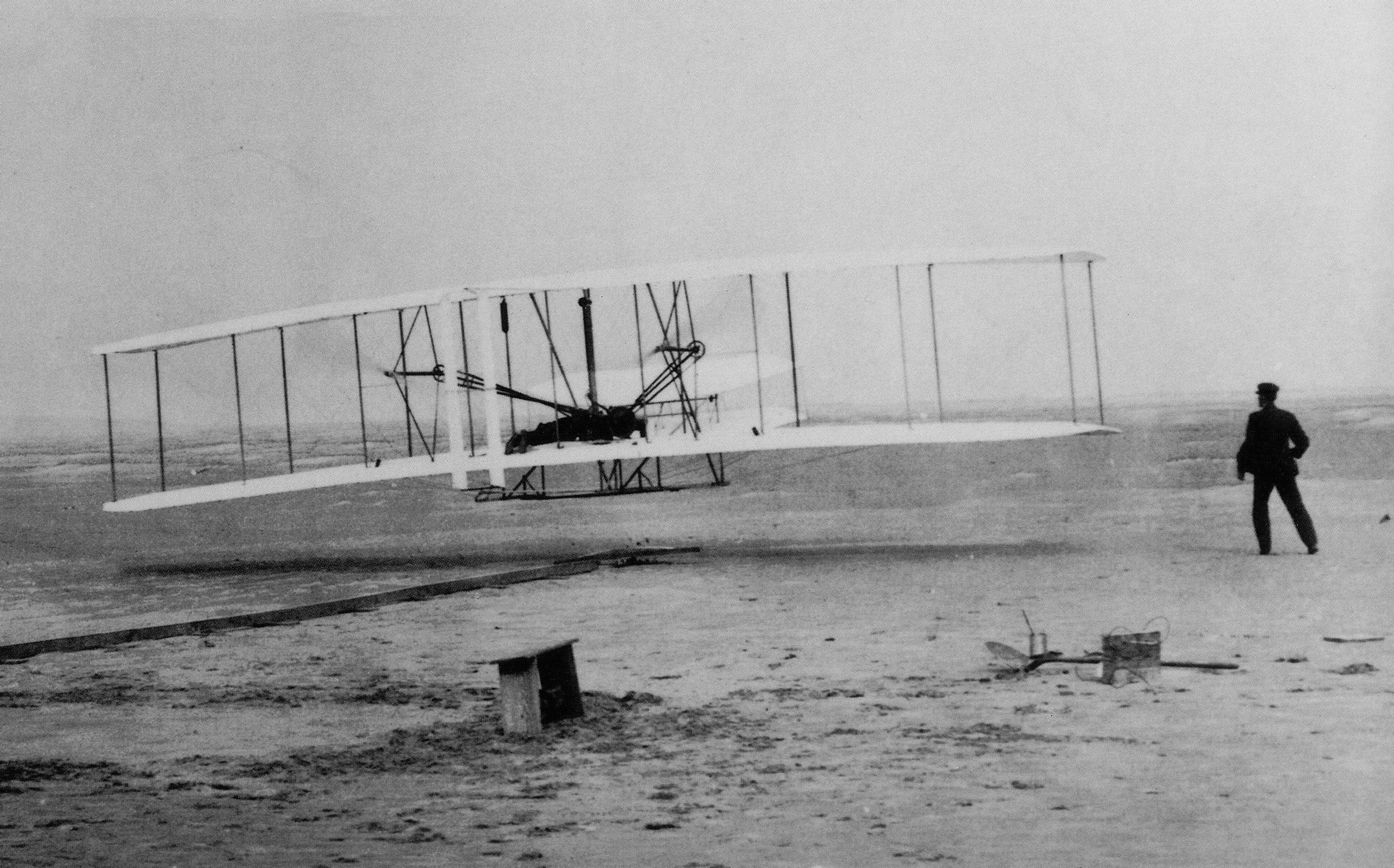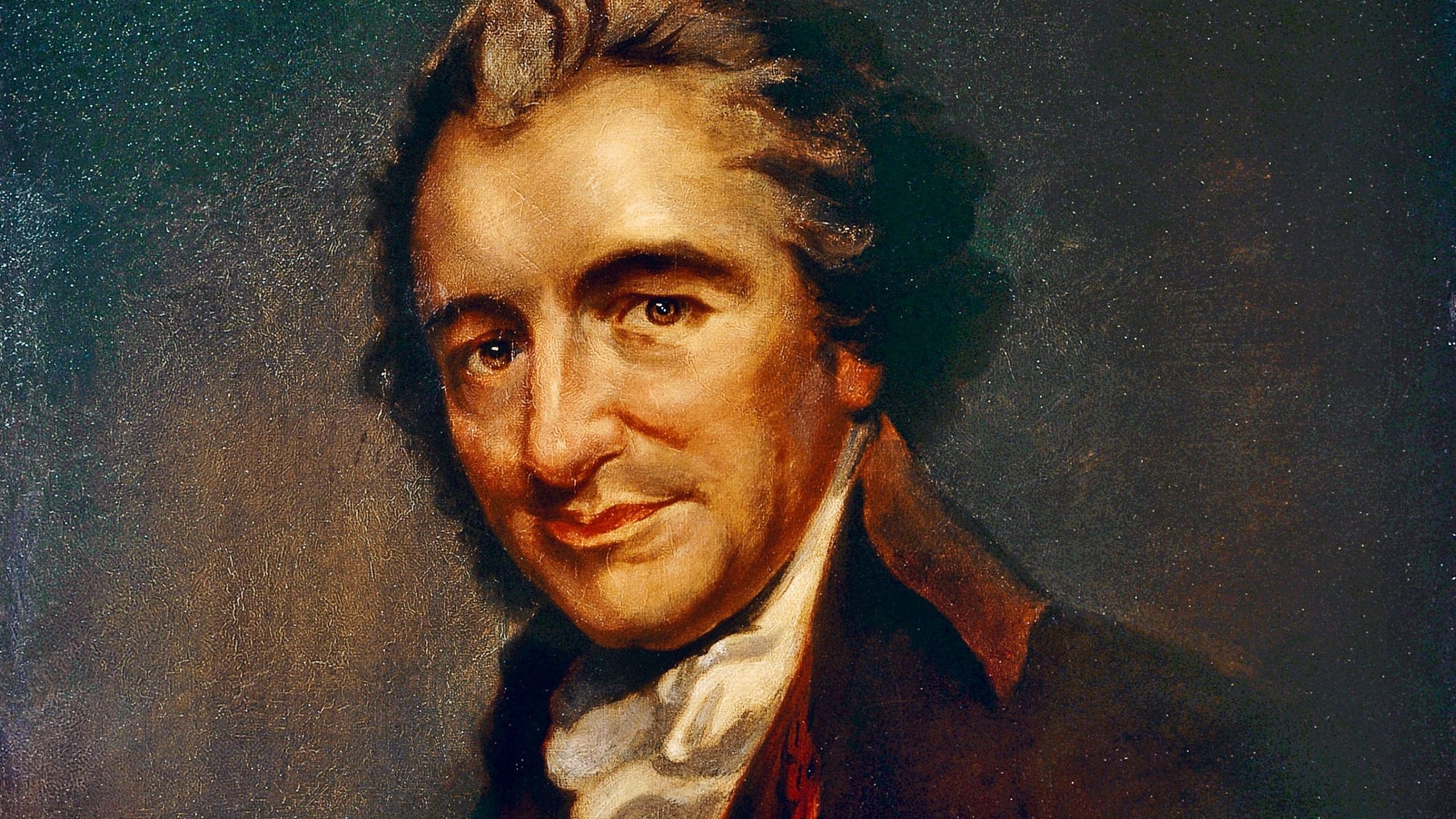The memorials here at UnifiedPatriots to Neil Armstrong reminded me of something my grandfather first taught me when I was a kid. I think you’ll find Toby Toons depiction the best of any drawing in the nation symbolizing Armstrong’s passing. And TexasGalt’s commentary reminds us of the “you had to be there” special meaning Armstrong had for our generation.
You see, most of us here at UP actually saw that event in 1969. For me, and many of us, I’d bet, it was our One Big Thing.
When I was a teenager my granddad Sam told me about the One Big Thing every generation has, but which I only put into context this week. He was born in the 19th Century, horse and buggy days, and saw the advent of the motorcar, aeroplane, radio, television, the atomic age, rocket age and space age. He lived to see Armstrong set down on the moon. Wow!
He told me his father’s One Big Thing was the Transcontinental Railroad and the steam locomotive. Hundreds died in blasting that rock and laying that rail, he recalled. It was a monumental feat, but by the time my granddad was a kid, America was a lacework of rail, and almost every kid had seen a train and heard its whistle.
Besides, the Panama Canal was an even bigger thing, he said. Over 5000 died in digging that ditch. He said he never fully understood the meaning of the Pyramids or the Hanging Gardens of Babylon or the Colossus of Rhodes until he witnessed just such an engineering marvel unfold every week in the newspaper.
But granddad’s One Big Thing was the airplane, Man’s first conquering of space (over a hundred feet out and ten feet up) with an engine-powered heavier than air flying machine . He lived to see, as I said, rockets carry men into space, but for sheer wonder, courage and risk nothing in his life ever matched that first Wright flight at Kitty Hawk. He was 10 at the time.
My dad was born right after WWI, and by that time Wilbur and Orvil’s aeroplane could fly up to speeds of 110 knots, and with the help of synchronized propellers, even shoot down other aeroplanes. You could even ride in one (an old Jenny) for two bucks at the county fair. The airplane was old news, but motion pictures (talkies) and the wireless radio arose in my dad’s day, and you’d think it would be something like that that would scratch his itch. But no, he told me his One Big Thing was a man named Lindbergh, who crawled inside an aluminum single-engine coffin and flew non-stop across the Atlantic, in 1927. He was 9.
I was beginning to get a sense of what One Big Thing meant.
I recall the night in October, 1957, my dad coming in from work, sitting at the dinner table, lighting up a Camel, and pointing to the newspaper, saying “This is the most important event in man’s history since the birth of Christ.” He was speaking of Sputnik. And I was going on 12.
From then until that fateful day in 1969 when Neil Armstrong climbed out onto the lunar surface, my generation watched a parade of brave men backed by an army of engineers with slide rules, speed into space, circumvent the globe, first once, then several times, and finally set their goals on the moon.
When you’re growing up ten years can seem like a lifetime, but in less than eight years (it’s been eleven years and we still can’t seem to erect a damn building in New York) we watched each of those astronauts zoom off into space with only an uncertain chance of ever getting back home alive. Alan Shepherd was up and back before recess was over, then after that, we watched every countdown and every splashdown. But the moon shot was different. It lasted 8 days. 8 pins and needles days with every maneuver a life and death, never-been-tried-before operation. Neil Armstrong, Buzz Aldrin and Micheal Collins gave me, and every one else who was there, including all those astronauts and engineers who paved the way, That One Big Thing for our generation.
So if my generation sounds just a little selfish about the parade of glowing obituaries gleaned from old file stories and Wikipedia, written by men and women who hadn’t even been born when my generation’s One Big Thing happened, well…I guess you had to be there.
But maybe it’s melancholy as well, because we’re wondering just what is this newer generation’s One Big Thing?
My oldest son was born in 1970, a little over a year after Armstrong’s feat. By age 10 the space program was a big yawn to him, especially when compared to what George Lucas could dream up on the big screen. No kid wanted to grow up to be an astronaut anymore, or even hit like Mickey Mantle, or run like Gayle Sayers.
Like every other generation since the transcontinental railroad, this generation has seen wondrous advances; in technology, medicine, cinemagraphic special effects, game toys and communications devices. But none which pioneer new frontiers and test the human spirit, which seems to be the defining characteristic of all the One Big Things that have gone before.
Personally, I believe it still lies Out There.
When Barack Obama cancelled the space program, returning space to its rightful owner, Jules Verne, Neil Armstrong wrote Obama a pointed letter, in his matter-of-fact engineering style, urging that we still need the program, to constantly be pushing ever outwards.
Now I can understand why a man who believes accounting sheets are as fungible as money should dump every unnecessary expense in order to fuel his search for the perfect $130,000 car that will run on D-cell batteries without catching fire. But Armstrong was right.
There are some things we need, vitally need, And first and foremost it is to always be searching for that next One Big Thing, that will not only push the frontiers of science and technology, but in a direction that passes on, with each generation, the nobility of the American spirit.
The iPhone just doesn’t quite satisfy that need.




